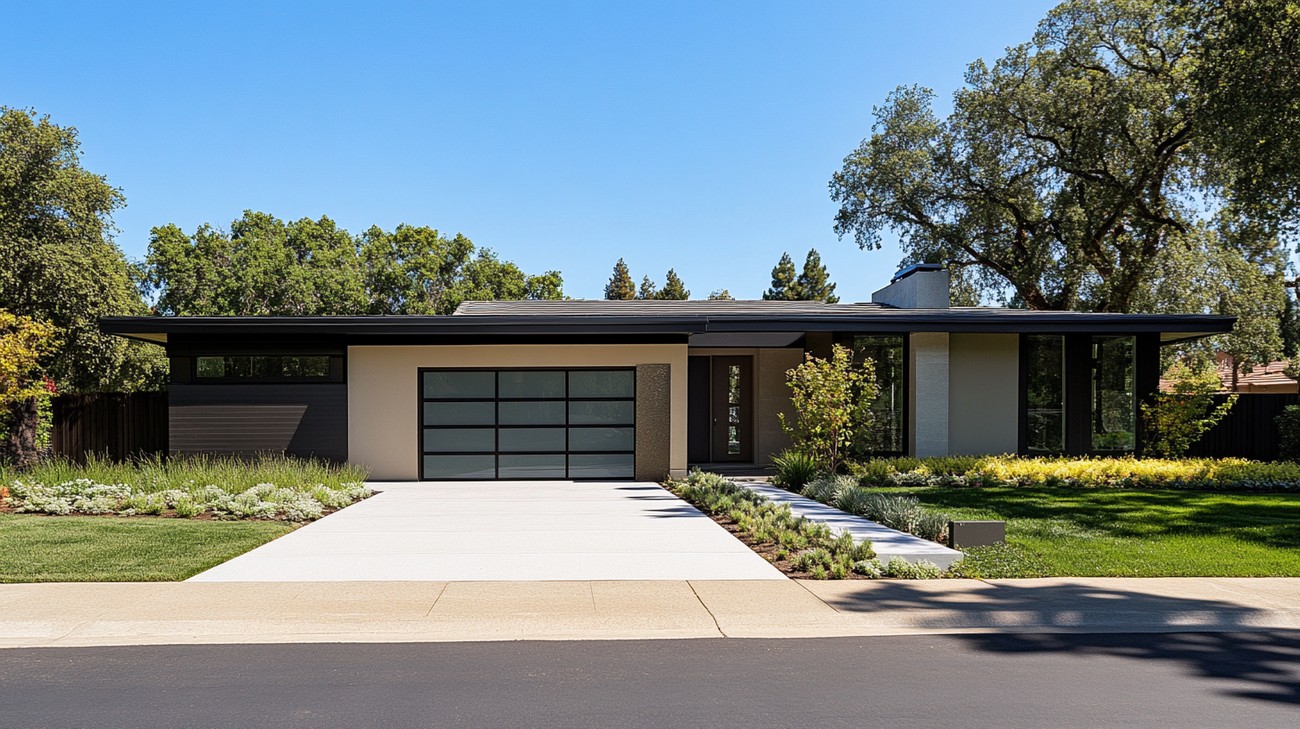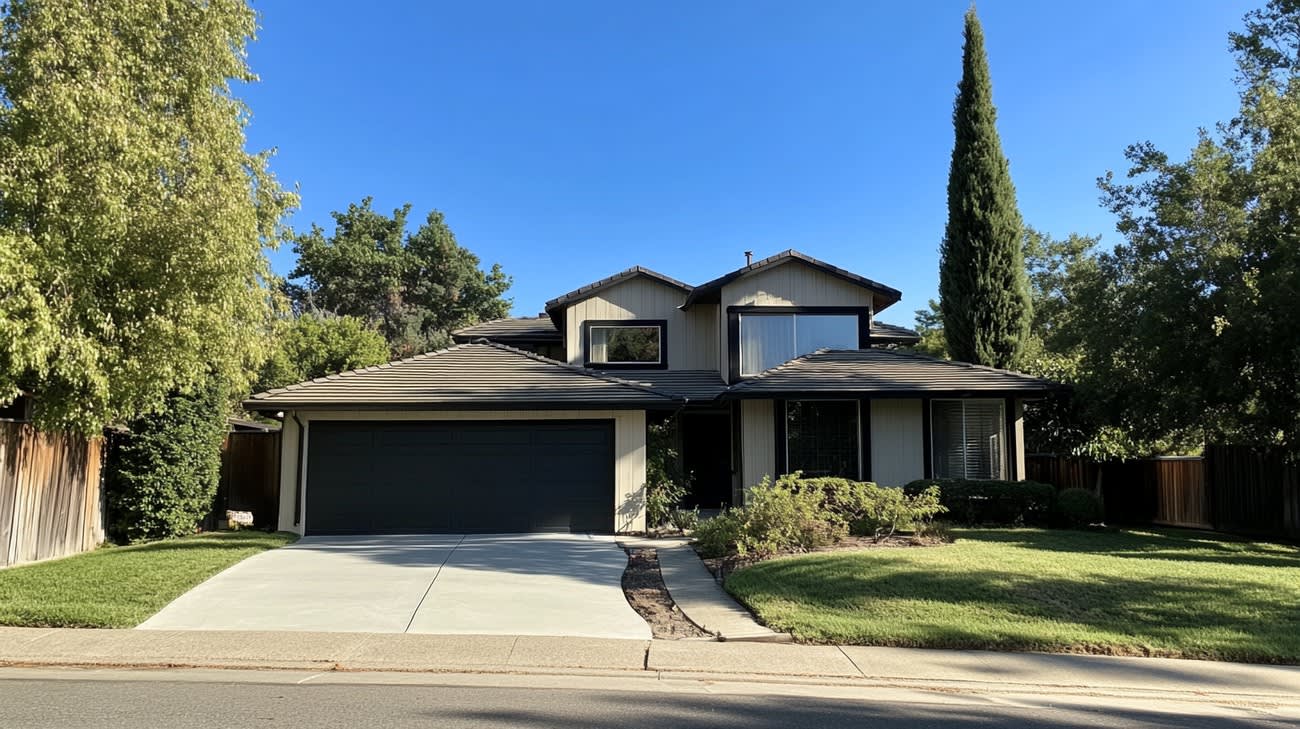When it comes to roofing, there's much more involved than just tiles, slate, or shingles. A component that has received increasing attention lately is the roof underlayment. More particularly, synthetic roof underlayment has garnered a lot of traction, so in this article, we want to shed some light on this important roofing element.
Importance of Roof Underlayment
Roof underlayment serves as a secondary layer of protection between your roof covering and the roof deck. It's essential in eliminating condensation, enhancing roof deck protection, and as a backup defense against extreme weather conditions. With the advent of synthetic roof underlayment, these benefits have been enhanced significantly.
What is Synthetic Roof Underlayment?
In general terms, synthetic roof underlayment is a high-tech, durable, and water-resistant material manufactured from polypropylene or polyester. The material was introduced to the roofing industry as a superior alternative to traditional felt underlayment, offering improved durability, better weather protection, and enhanced safety for installers.
Synthetic Vs. Felt Roof Underlayment
Traditional felt underlayment has been a staple in the roofing industry for years, with its primary materials being either asphalt-saturated felt or bitumen-impregnated paper. However, the introduction of synthetic underlayment has spurred a bit of a paradigm shift, thanks to its several superior qualities including:
- Enhanced Durability
- Increased Water-Resistant Properties
- Greater Tear Resistance
- Better Surface Traction
Key Features of Synthetic Roof Underlayment
Synthetic roof underlayment offers numerous standout features that make it an increasingly popular choice for homeowners and roofing contractors alike:
- Weather Resistance: Synthetic roofing underlayment is highly resistant to both water and UV radiation, ensuring that your roof is protected in any weather.
- Lightweight But Strong: Despite being lighter than felt underlayment, synthetic materials are incredibly durable and resistant to damage.
- Safety: The surface of synthetic underlayments is designed to be slip-resistant, which is a key safety feature for installers.
- Longevity: Synthetic underlayment typically comes with longer warranties than traditional felt, indicating a longer lifespan.
Different Types of Synthetic Roof Underlayment
When we talk about synthetic roof underlayment, there are generally three main types that roofing specialists work with:
Polypropylene-Based Underlayment
This consists of woven or non-woven polypropylene fabric or fabric-topped film. It's well regarded for its exceptional moisture resistance and durability.
Polyester-Based Underlayment
Composed of a polyester fabric with high tensile strength, this type of underlayment provides excellent tear resistance and durability.
Polyethylene-Based Underlayment
Polyethylene underlayment typically has a fusion of polyethylene films and polypropylene fabric. The strength properties of this are impressive, offering a high level of protection against damage and moisture.
Installing Synthetic Underlayment
The installation of synthetic underlayment is a task best left to professionals. The process involves laying down the entire sheet of underlayment and carefully affixing it to the roof. The correct installation technique can affect the lifespan of your underlayment and roof, which is why it's recommended to hire a professional for the job.

Frequently Asked Questions about Synthetic Roof Underlayment
How does synthetic roof underlayment differ from traditional felt underlayment?
The main difference between synthetic underlayment and traditional felt underlayment comes down to their composition and performance. Synthetic underlayment is made from woven or spun polypropylene or polyethylene, making it more robust, lightweight, and resistant to water, mold, and UV damage compared to felt. It's also non-biodegradable and can last considerably longer.
Which roofing types can use synthetic underlayment?
The beauty of synthetic underlayment is in its versatility — it can be used with virtually any roofing type. Whether you have metal roofs, asphalt shingles, slate, tiles, or cedar shakes, a synthetic roof underlayment will work well for you and provide excellent protection to your property.
How is synthetic roof underlayment installed?
Installation of synthetic roof underlayment usually involves rolling out the underlayment over the roof deck and fastening it down with cap nails or staples. Overlaps are placed to prevent water penetration, and flashing is used around roof penetrations like vents and chimneys. It's recommended to always follow the manufacturer's instructions or hire a professional roofer to ensure correct installation.
How long does synthetic roof underlayment last compared to felt underlayment?
Because of its high durability and resilience, synthetic roof underlayment often outlasts traditional felt underlayment. While felt underlayment is known to last about 15 - 20 years, synthetic underlayment can last up to 40 years or even longer with proper installation.
Can synthetic roof underlayment be exposed to direct sunlight?
Yes! One of the advantages of synthetic roof underlayment is its resistance to UV rays, meaning it can stay exposed to direct sunlight for extended periods without degrading. However, the specific duration varies from product to product, with most synthetic underlayments withstanding UV exposure for 3 to 6 months, and some even up to a year.
What is the role of synthetic underlayment in energy efficiency?
Synthetic underlayment can contribute to the energy efficiency of your home by reducing heat transfer. It forms an additional barrier that helps to reduce the amount of heat that enters or leaves the home, depending on the season. This underlayment, especially those with radiant barriers, can contribute to lower heating and cooling costs.
Is synthetic underlayment environmentally friendly?
While synthetic underlayment is not biodegradable, it does have some environmental advantages. Synthetic underlayments are more long-lasting, which means they will not need to be replaced as frequently as their organic counterparts. Additionally, many synthetic underlayment options on the market are made from recycled materials.
Can I walk on synthetic roof underlayment during installation?
Yes, synthetic roof underlayment is typically designed to be walkable during installation. It offers excellent grip and traction compared to traditional felt, even in wet conditions. However, safety precautions should still be adhered to because, despite the added traction, slipping is still a possible risk on any roof.

Pros of Synthetic Roof Underlayment
Superior Durability
Wear and Tear
Synthetic roof underlayment is hailed for its superb durability that surpasses the traditional felt underlayment. It's engineered to withstand extreme weather conditions and handle a lot of foot traffic without tearing or getting worn out. You can expect them to last as long as your roofing material, which is a considerable period of time.
UV Resistance
Should your roof shingles or tiles come off due to a heavy storm, you won’t have to worry about immediate exposure of your house to the elements. Most synthetic underlayments are UV resistant and can protect your roof from the damaging effects of the sun for an extended period of time.
Enhanced Waterproofing
Synthetic underlayment boasts superior waterproofing power. Most are made from high-quality polymers like polypropylene or polyethylene, which provide a complete moisture barrier, keeping your house dry even during intense downpours.
Lightweight and Easy to Install
Despite their strength and durability, synthetic roof underlayments are incredibly lightweight, which makes them much easier to handle, install, and store. This factor not only makes the job quicker but also reduces the strain on the roof structure.
Improved Energy Efficiency
Some synthetic underlayments come with a radiant barrier that reflects heat from the sun instead of absorbing it, keeping your house cooler and lowering your energy costs.
Cons of Synthetic Roof Underlayment
Higher Price Tag
While the cost varies, synthetic underlayment is generally more expensive than its traditional felt counterpart. Consequently, using it could significantly increase the total cost of your roofing project.
Potential for Slippery Surface
Some types of synthetic roof underlayment can get slippery, especially when wet. This potentially poses a safety hazard for the installers. Therefore, it's crucial to choose products that offer good traction to ensure the installers' safety.
Limited Compatibility
There may be some compatibility issues with certain roofing materials. Some types of synthetic underlayment are not advisable for use with metal roofs due to the potential of noise from thermal movement. Always consult with professionals or the product's manufacturer to understand if the synthetic underlayment is appropriate for your specific roofing material.
Overheating Concerns
While some synthetic underlayments are built with a radiant barrier to reflect heat, others may contribute to trapping heat in the attic. The buildup of heat in the attic space can lead to higher cooling costs during summer and may even damage your roofing material over time.
Professional Installation
Even though synthetic roof underlayment is generally easy to install, it still requires professional installation to ensure proper aligning and nailing. Incorrect installation can lead to performance issues and even damage the underlayment. For novice DIY homeowners, this could prove to be quite a challenge.

Myths and Misconceptions About Synthetic Roof Underlayment
The decision-making process in choosing an appropriate underlayment for a roofing project can be daunting. The market presents a wealth of options ranging from traditional felt to the newer, synthetic underlayment. As with many innovations, the introduction of synthetic underlayments has brought about certain myths and misconceptions. Let's delve into this topic to dispel these misconceptions and shed light on the true characteristics and uses of synthetic roof underlayment.
Myth: Synthetic Underlayment is Expensive
One misconception is that synthetic underlayment is markedly more expensive than traditional felt underlayment.
Fact: Price Comparison is Relative
While it's true that synthetic underlayment usually comes with a higher upfront cost per roll compared to felt, this doesn't tell the whole story. When you consider the coverage per roll, the actual cost per square foot is often comparable. Additionally, synthetic underlayment offers superior durability and lifespan, which means that you'll spend less over time on repair and replacement.
Myth: Synthetic Underlayment is Not Durable
Some people believe that synthetic underlayment isn't as durable as traditional felt underlayment.
Fact: Superior Durability and Lifespan
In reality, synthetic materials have been developed to outperform traditional options in terms of durability and lifespan. High-quality synthetic underlayment is typically constructed from woven or spun-bonded polypropylene, making it incredibly resistant to tears, water damage, and UV exposure. It also maintains its integrity under extreme temperature fluctuations, which is a clear advantage over felt.
Myth: Synthetic Underlayment has Slippery Surface
Often, it is propagated that synthetic underlayments are slippery, posing a risk to contractors during installation.
Fact: Enhanced Walkability
The truth is that most synthetic products are designed with walkability in mind. They often feature texturized, slip-resistant surfaces to enhance traction and safety, even in wet conditions. While caution should always be taken when working on roofs, synthetic underlayments generally make for a safer and more secure working platform than felt materials.
Myth: Synthetic Underlayment is Bad for the Environment
The claim often heard is that synthetic underlayment is harmful to the environment due to its plastic content.
Fact: Consideration of Lifecycle and Longevity
Contrary to this belief, it should be recognized that the longer lifespan of synthetic underlayment can actually contribute to less waste in the long run, as less frequent replacement means fewer materials going into landfills. Moreover, some synthetic underlayments are recyclable, adding to their environmental benefits.
Myth: All Synthetic Underlayments are Constructed the Same
A common misbelief is that all synthetic underlayments are roughly equivalent in terms of construction and performance.
Fact: Varied Types of Synthetic Underlayment
In reality, there's a considerable diversity in the market, with different brands offering products that range widely in terms of quality, construction, and performance characteristics. Factors including material composition, weight, tear strength, UV resistance, permeability, and warranty length can all vary significantly among synthetic underlayments. As with any construction material, it's essential to do your homework and select a product that suits your specific needs and project requirements.
Through dispelling these and other myths about synthetic underlayment, homeowners and contractors alike can make more informed decisions when it comes to roofing materials. With its myriad advantages over traditional felt, synthetic underlayment is a viable and often superior choice for many roofing applications. Outstanding durability, affordability in terms of lifecycle cost, enhanced worker safety, potential environmental benefits, and a range of options to suit varying project needs - these are the facts behind synthetic roof underlayments.
Summary
So there you have it. Synthetic Roof Underlayment offers some real advantages over traditional felt. In ideal weather conditions, its increased durability and strength, water-resistance, and extended UV protection can provide homeowners peace of mind. It has a favorable weight-to-strength ratio which makes installation easy and efficient.
If you’re building or remodeling a home, Synthetic Roof Underlayment might just be your best bet. Not only does it provide exceptional protection, it also has the perks of being non-skid, lightweight, and resistant to fungal growth. Plus, it's also recyclable which is a big win for the eco-conscious among us.
On the surface, it may seem like a minor decision but choosing Synthetic Roof Underlayment can actually have important long-term implications. While it may cost slightly more initially, the extended lifespan and superior protections can actually save homeowners money in the long run. Because, let's face it, we'd all like to avoid roof repairs if we can!
About GVD Renovations & Remodeling
At GVD Renovations & Remodeling, we're a trusted and reputable home renovation company based out of Roseville, CA. We've been in business for several years, serving the good folks of this city and its surroundings with top-notch home renovations that make every space stand out. Each project we undertake is designed to suit your unique requirements, transforming your house or workspace according to the latest trends and the highest industry standards. Trust us to handle everything from simple upgrades to full-scale home renovations with a blend of expertise, creativity, and a keen eye for detail. Whether you're looking for an aesthetic upgrade or functional finish, look no further than the dedicated team at GVD Renovations & Remodeling.
Tags: roofing, construction, building materials,




















